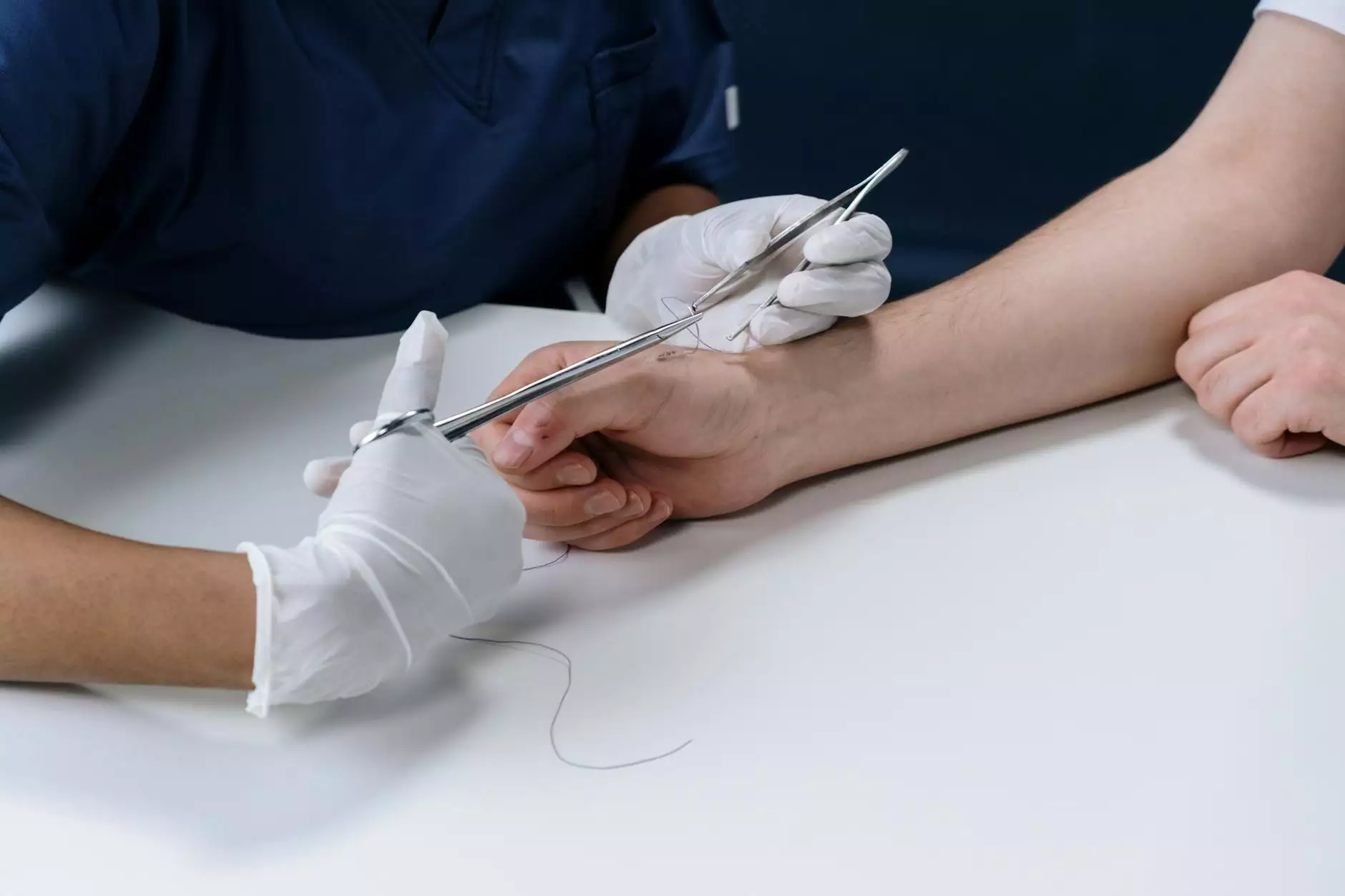Laparoscopy for Endometriosis: A Comprehensive Guide to Understanding, Diagnosing, and Treating Endometriosis

Endometriosis is a challenging and often misunderstood condition affecting millions of women worldwide. It occurs when endometrial tissue, which normally lines the uterus, grows outside of it, leading to pain, infertility, and various other symptoms. One of the most effective and modern approaches to diagnose and treat endometriosis is through laparoscopy, a minimally invasive surgical technique that allows doctors to see inside the abdominal cavity.
What is Laparoscopy?
Laparoscopy, also known as keyhole surgery, involves making small incisions in the abdomen through which a camera (laparoscope) and instruments are inserted. This technique allows surgeons to visualize the pelvic organs clearly and make precise diagnoses or perform surgical interventions.
Why is Laparoscopy Important for Endometriosis?
For many women, endometriosis can be diagnosed relatively easily through symptoms such as:
- Chronic pelvic pain
- Painful periods (dysmenorrhea)
- Pain during intercourse (dyspareunia)
- Infertility
- Gastrointestinal issues including bloating, diarrhea, or constipation
However, visual confirmation through laparoscopy is crucial, as it allows for accurate staging of the disease and the identification of any associated complications, such as adhesions or cysts.
Benefits of Laparoscopy for Treating Endometriosis
The benefits of using laparoscopic techniques for treating endometriosis include:
- Minimal Recovery Time: Since the procedure is minimally invasive, recovery times are significantly reduced compared to traditional open surgeries.
- Less Pain and Scarring: Patients typically experience less postoperative pain and scarring, leading to a quicker return to normal activities.
- Enhanced Visualization: Surgeons gain a better view of the pelvic area, allowing for more accurate diagnosis and treatment.
- Simultaneous Treatment: If endometriosis is diagnosed during the laparoscopy, the surgeon can often treat it on the spot—removing growths, scar tissue, and cysts, which can alleviate pain and improve fertility.
The Process of Laparoscopy for Endometriosis
The process typically involves several key steps:
1. Pre-Operative Preparation
Before the laparoscopy, patients will undergo a thorough evaluation. This may include imaging tests such as ultrasounds or MRIs to assess the presence of endometrial tissue and its extent. Patients will also receive instructions regarding food and medication restrictions.
2. The Laparoscopic Procedure
During the procedure, the patient is placed under general anesthesia. The surgeon then makes small incisions in the abdomen, usually in the navel and a couple of other strategic locations. A gas is introduced to inflate the abdominal cavity for better visibility. The laparoscope is inserted through one of the incisions, allowing the surgeon to view the pelvic and abdominal organs on a monitor.
If endometrial tissue is found, the surgeon may use various instruments to:
- Resect (remove) endometriosis lesions
- Coagulate (burn) areas of endometrial growth to prevent further development
- Remove adhesions that might be causing pain or infertility
3. Post-Operative Care and Recovery
Recovery from laparoscopy is usually quick. Patients are monitored for a short period after surgery and may be discharged on the same day. Post-operative care includes:
- Rest: Patients are typically advised to take it easy for a few days.
- Medication: Pain management is managed with medications as needed.
- Follow-Up: A follow-up appointment is usually scheduled to discuss findings, treatment options, and next steps in managing endometriosis.
What to Expect After Laparoscopy for Endometriosis
After undergoing laparoscopy for endometriosis, patients may experience:
- Some abdominal discomfort or cramping as the body heals.
- Normal recovery from anesthesia, which can include grogginess or fatigue.
- Improvements in endometriosis-related symptoms, as many patients report reduced pain following surgery.
It’s essential to communicate with healthcare providers regarding any ongoing symptoms or concerns post-surgery.
Long-Term Management of Endometriosis
Endometriosis is a chronic condition that may require long-term management strategies. Options include:
- Medication: Hormonal treatments can help manage pain and symptoms by regulating the menstrual cycle.
- Lifestyle Changes: Some patients find relief through dietary changes, yoga, and stress management techniques.
- Support Groups: Connecting with others who are experiencing similar challenges can provide emotional support and valuable information.
Why Choose Dr. Seckin for Your Laparoscopy Needs?
Dr. Seckin stands out as a leader in the field of endometriosis treatment. With a commitment to patient-centered care, Dr. Seckin employs cutting-edge techniques and a compassionate approach to treatment. Patients can expect:
- Individualized Care: Each patient's unique condition is considered, leading to tailor-made treatment plans.
- Comprehensive Expertise: Dr. Seckin's extensive experience with laparoscopy guarantees high-quality surgical outcomes.
- Supportive Environment: The practice emphasizes open communication and emotional support throughout the treatment process.
Dr. Seckin's practice ensures that every patient feels heard and empowered, enabling informed decisions regarding their health.
Conclusion: Embracing Health with Laparoscopy for Endometriosis
Facing endometriosis can be daunting, but with the right resources and support, women can significantly improve their quality of life. Laparoscopy for endometriosis presents a promising option for diagnosis and treatment, offering numerous benefits while minimizing physical and emotional stress.
For those suffering from endometriosis, understanding the condition and available treatment options is crucial. If you're ready to take the next step in managing your endometriosis, consider scheduling a consultation with Dr. Seckin. Empower yourself with knowledge, seek effective treatment, and embark on a path to better health.
laparoscopy endometriosis








